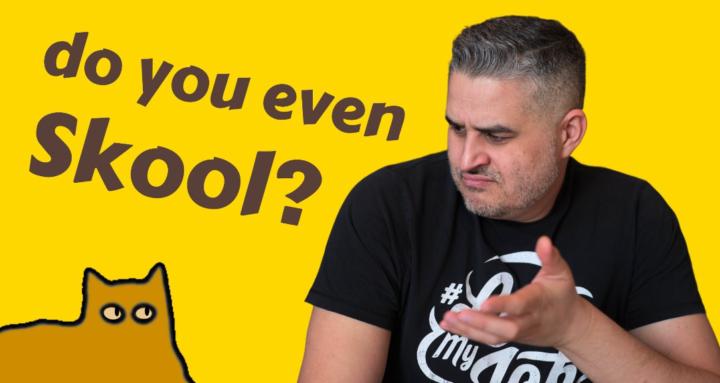Aug 11 (edited) • 💎 Promote by Educating
💎 Why a Lifetime Subscription Model Could Actually Work (on Skool)
Hey everybody, I just watched this video that talks about lifetime deals, and I was thinking how this would also applies to our Skool communities. I might actually use these insights in the future (after I test out and see how the subscription model works).
➡️ Here's the summary:
"I Made +$160K Selling SaaS Lifetime Deals"
⚫ The Bold Move That Changed Everything
A SaaS founder broke the conventional wisdom by offering lifetime deals (LTDs) for his products, resulting in a 56% increase in revenue despite widespread warnings from other founders that this approach is "unsustainable" and "a race to the bottom."
⚫ The Success Story
Founders Deck Bundle: A lifetime offer providing access to 4 SaaS tools (social media, AI support, link tracking, and graphics design) plus 2 future tools for a one-time payment of $799.
⚫ Results so far:
- ~230 buyers
- $160,000+ in total revenue
- Net positive impact on subscriber base (+5 new subscribers)
Previous Experience with Lifetime Deals
- Feed Hive on AppSumo (2022): Top 5 bestselling product, $300,000+ revenue, 5,000+ lifetime users
- Link Drip pre-sales: Many users still active 3 years later
- Extensive data and insights from thousands of lifetime deal customers
⚫ Common Objections Debunked
Myth 1: "Lifetime users never churn"
Reality: Lifetime users DO churn for the same reasons as subscribers:
- Business closure
- Outgrowing the solution
- Switching to agencies with different tools
- Moving to new solutions
Key insight: When accounting for "Jonathan users" (buyers who never actually use the product), lifetime users often churn faster than subscribers.
Myth 2: "It's financially unsustainable"
Reality: With proper pricing, it takes 37 years before Founders Deck users would become net negative investments.
Myth 3: "It will destroy your subscriber base"
Reality: Only 4.5% of Founders Deck buyers were existing subscribers, and the campaign actually netted +5 new subscribers overall.
⚫ The 3 Essential Rules for Successful Lifetime Deals
1. Set a Relatively High Price Point
- $799 for Founders Deck (4 tools + 2 future tools)
- Creates sufficient buffer before reaching break-even point
- Reduces cannibalization of existing subscriber base
- Makes the math work long-term
2. Keep Costs Low with Smart Product Design
- Fully self-served products
- No demo calls, sales meetings, or manual onboarding
- No dedicated customer success agents
- Extensive guides, tutorials, and videos for self-help
- Simple but specialized tools
- Tight cost control and operational efficiency
3. Build a Strong Public Reputation
- Be the public face of your company
- Active presence on social media, YouTube, email
- Demonstrate responsibility and trustworthiness
- Show you won't just "pump and dump"
- Build trust through transparency and consistent communication
⚫ The Trust Problem
Why skepticism exists:
- Bad actors have exploited LTD marketplaces (AppSumo, PitchGround, DealMirror)
- "Pump and dump" schemes where founders overpromise and shut down quickly
- Well-intentioned founders who underpriced AI-heavy tools and went bankrupt
Solution: Public accountability and reputation building are essential.
⚫ Key Takeaways
- Lifetime deals can be sustainable when priced correctly and managed properly
- User behavior is similar between lifetime and subscription customers
- High price points protect against cannibalization and ensure profitability
- Low-touch, self-served products are essential for healthy unit economics
- Founder reputation and transparency are critical for buyer trust
- Conservative financial modeling prevents the common pitfalls
⚫ Bottom Line
Rather than blindly rejecting lifetime deals, SaaS founders should consider them as a viable revenue strategy - but only with proper pricing, cost control, and reputation building in place. The key is making the math work while maintaining trust with customers.
---------------------------------------------------------
Starting a new community? Skool has a 14 day free trial and then $9/m - Please consider using my referral link to support this community. Thank you 🙏
8
7 comments

skool.com/educate
Skool tips, updates and support for educational creators.
Powered by





